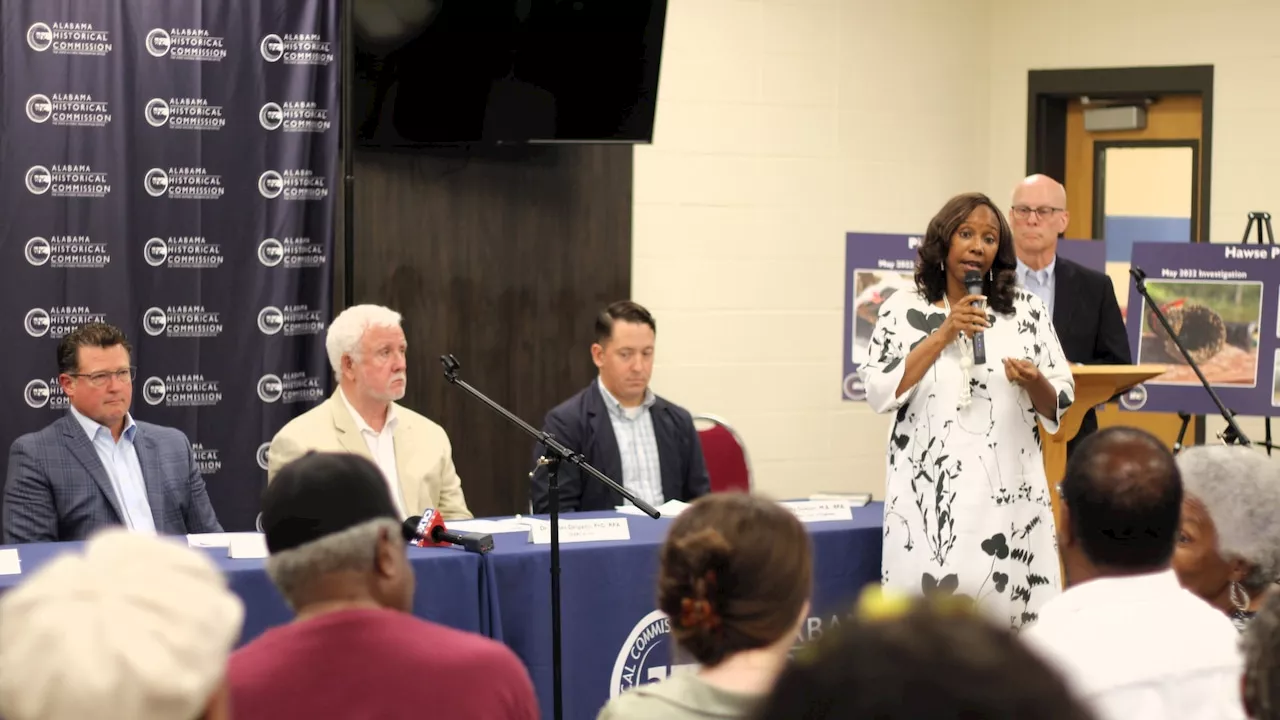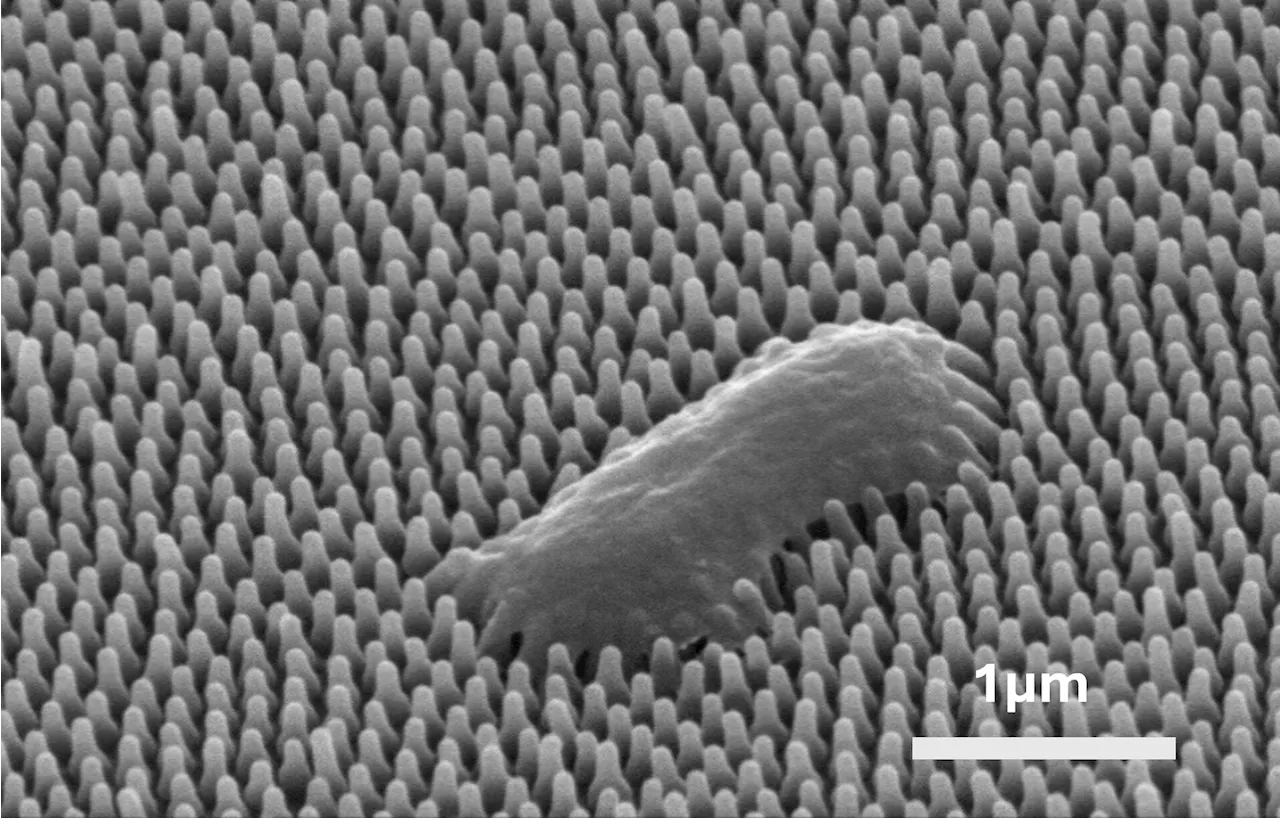Researchers have discovered a more accurate and timely way to deliver life-saving drug therapies to the brain, laying the groundwork for more effective treatment of brain tumors and other neurological diseases. Investigators used an electric field to infuse medicine from a reservoir outside the brain to specific targets inside the brain.
Houston Methodist researchers have discovered a more accurate and timely way to deliver life-saving drug therapies to the brain, laying the groundwork for more effective treatment of brain tumor s and other neurological diseases., an open access journal from Nature Portfolio, investigators used an electric field to infuse medicine from a reservoir outside the brain to specific targets inside the brain.
"Delivering therapeutics by way of ECED has many applications," explained Dr. Amir Faraji, principal investigator and Houston Methodist neurosurgeon."It has the potential to improve gene therapy and tumor treatment, as well as treatment for traumatic brain injury and degenerative diseases -- any number of situations where we need to get vital treatments to the brain in a more targeted manner.
A"Behind the Paper" blog on the study -- by Houston Methodist research scientist and co-author Jesus G. Cruz-Garza -- explains how ECED can infuse macromolecules into the brain from a hydrogel reservoir placed at the brain's surface. This project was supported by the Houston Methodist Foundation and the Houston Methodist Research Institute Clinician-Scientist Award. It also received philanthropic funding from Paula and Rusty Walter and Walter Oil & Gas Corp Endowment at Houston Methodist: the John S."Steve" Dunn, Jr. & Dagmar Dunn Pickens Gipe Chair in Brain Tumor Research; and grant number RP190587 from the Cancer Prevention and Research Initiative .
Psychology Research Nervous System Birth Defects Brain-Computer Interfaces Brain Injury Intelligence Neuroscience
United States Latest News, United States Headlines
Similar News:You can also read news stories similar to this one that we have collected from other news sources.
 Patents can help researchers understand wildlife trade trends, new study showsResearchers from the Oxford Martin Program on Wildlife Trade at the University of Oxford have demonstrated that patent data could provide a novel source of evidence that can help identify future commercial trends associated with the overharvesting of wildlife.
Patents can help researchers understand wildlife trade trends, new study showsResearchers from the Oxford Martin Program on Wildlife Trade at the University of Oxford have demonstrated that patent data could provide a novel source of evidence that can help identify future commercial trends associated with the overharvesting of wildlife.
Read more »
 'Clotilda is broken:' Researchers reveal findings from study of slave shipThe Alabama Historical Commission has released a 400-page report that reveals what researchers learned from a 2022 exploration of the shipwreck site.
'Clotilda is broken:' Researchers reveal findings from study of slave shipThe Alabama Historical Commission has released a 400-page report that reveals what researchers learned from a 2022 exploration of the shipwreck site.
Read more »
 Researchers can pinpoint users' location in some dating apps, study saysRooted in fact-based, transparent reporting, Newsy is an award-winning opinion-free network owned by the E.W. Scripps Company that is relentlessly focused on “the why” of every story and seeks to enable a more intimate and immersive understanding of the issues that matter.
Researchers can pinpoint users' location in some dating apps, study saysRooted in fact-based, transparent reporting, Newsy is an award-winning opinion-free network owned by the E.W. Scripps Company that is relentlessly focused on “the why” of every story and seeks to enable a more intimate and immersive understanding of the issues that matter.
Read more »
 UCLA researchers embark on next chapter of Aliso Canyon health studyUCLA researchers will conduct the clinical assessments of neighbors impacted by the Aliso Canyon gas leak.
UCLA researchers embark on next chapter of Aliso Canyon health studyUCLA researchers will conduct the clinical assessments of neighbors impacted by the Aliso Canyon gas leak.
Read more »
 Researchers face funding gap in effort to study long-term health of Maui fire survivorsPlans to enroll hundreds of children this summer in a long-term study on the impacts of the Lahaina wildfires have been put on hold while researchers at the University of Hawaii seek new sources of funding to expand their research.
Researchers face funding gap in effort to study long-term health of Maui fire survivorsPlans to enroll hundreds of children this summer in a long-term study on the impacts of the Lahaina wildfires have been put on hold while researchers at the University of Hawaii seek new sources of funding to expand their research.
Read more »
 Inspired by cicada wings, researchers study the insects' antimicrobial properties to develop antibacterial surfacesTrillions of periodical cicadas—several species of the genus Magicicada that emerge every 13 or 17 years—broke soil across the Eastern U.S. this summer. News outlets likened the event to Armageddon, an apocalypse or an invasion.
Inspired by cicada wings, researchers study the insects' antimicrobial properties to develop antibacterial surfacesTrillions of periodical cicadas—several species of the genus Magicicada that emerge every 13 or 17 years—broke soil across the Eastern U.S. this summer. News outlets likened the event to Armageddon, an apocalypse or an invasion.
Read more »
